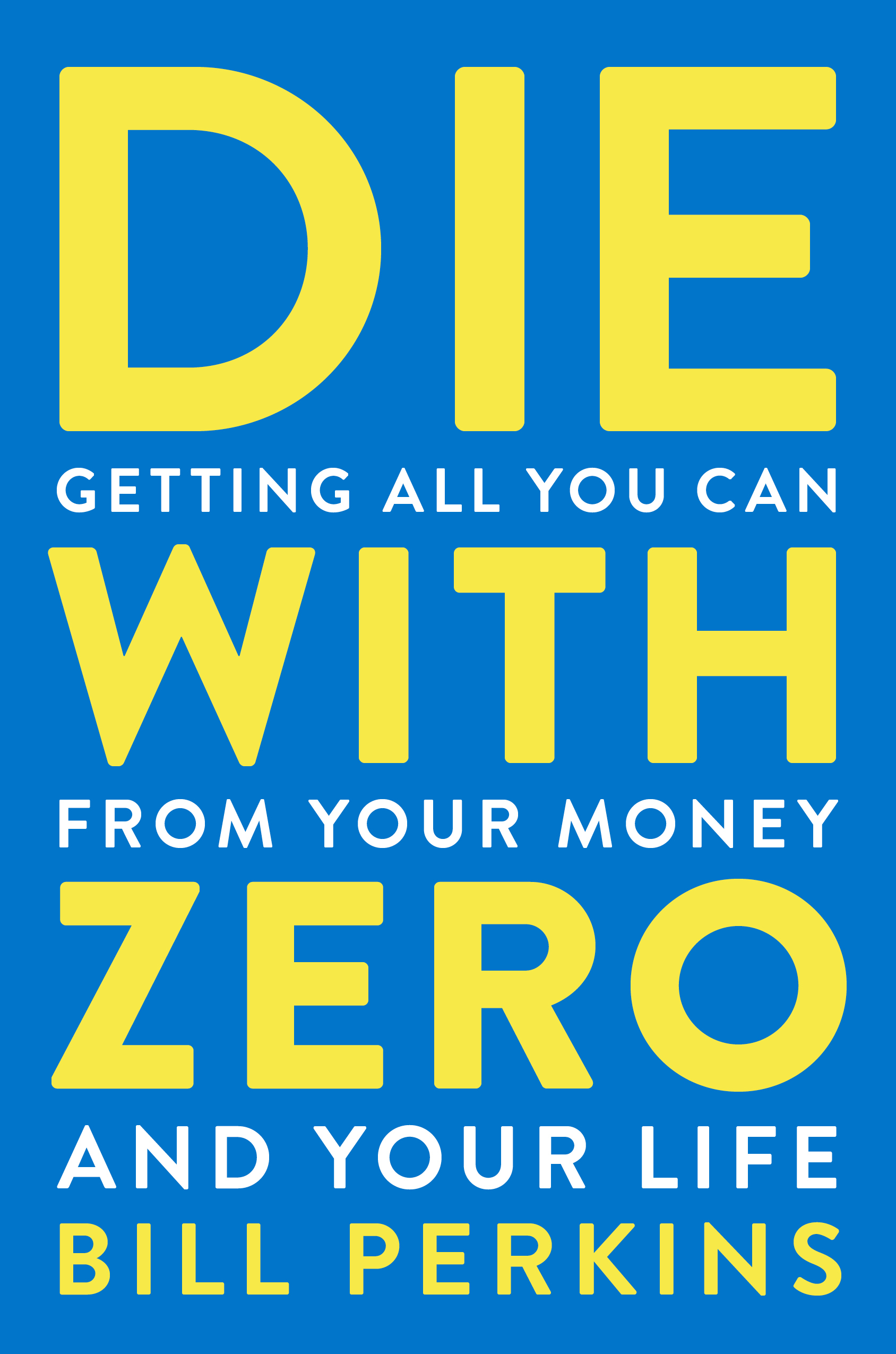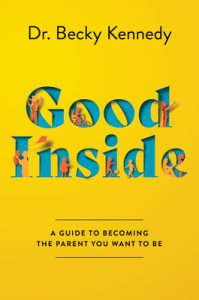
Bill Perkins’ Die with Zero: Getting All You Can from Your Money and Your Life is a thought-provoking and, at times, polarizing guide that challenges one of modern society’s most deeply ingrained beliefs: that the ultimate goal of financial success is to retire comfortably and leave behind a large inheritance. Perkins flips this idea on its head, arguing instead that the true purpose of money is to enhance the quality of your life while you’re living it.
The central message is simple but revolutionary don’t wait until you’re too old to enjoy what you’ve worked for. Perkins encourages readers to stop hoarding wealth for a future that might never arrive and instead use their resources to create rich, memorable experiences now. As he puts it, “Your memories are your most valuable possession.” It’s a philosophy that invites both admiration and debate.
David Rubenstein captured the essence of the book perfectly when he wrote that Die with Zero is not about reckless spending but about intentional living. Perkins doesn’t advocate throwing money around without purpose; rather, he asks us to think carefully about when and how we spend. For example, some experiences like backpacking across Europe or hiking the Appalachian Trail are best enjoyed in our younger, more energetic years. Waiting until retirement might mean missing out entirely.
Perkins also urges readers to rethink how they give. Why leave an inheritance that your children will receive too late to truly benefit from? Instead, he suggests giving money when it can have the greatest impact helping them buy their first home, start a business, or simply enjoy their youth. It’s a perspective that reframes generosity as a living act rather than a posthumous one.
However, not everyone agrees with Perkins’ approach. Kristi’s review offers a grounded critique that many readers will relate to. She found parts of the book “downright terrible and irresponsible,” pointing out that Perkins’ wealth and privilege make his advice impractical for most people. When he suggests taking out loans in your twenties to enjoy life because “you’ll pay them back later,” she argues that this mindset ignores the financial struggles of those living paycheck to paycheck. Kristi also calls out the tone-deafness of anecdotes like renting an entire hotel in St. Barts for a private birthday concert stories that might inspire the ultra-rich but alienate the average reader.
Sarah’s review, based on a Blinkist summary, echoes similar concerns about the book’s math and logic. She points out that some of Perkins’ financial examples don’t quite add up and that his “spend it all” message could be misinterpreted as promoting irresponsibility. Her takeaway is more nuanced: while the book’s philosophy about valuing experiences over wealth is meaningful, it risks encouraging readers to ignore the realities of financial security, health issues, and life’s unpredictability.
Still, Die with Zero succeeds where many financial books fail it makes you stop and think. It challenges you to question your relationship with money, time, and happiness. It doesn’t offer a perfect formula, but it does offer a powerful question: If you knew your time was limited, how would you live differently?
Ultimately, this book is best read as a mindset shift rather than a strict playbook. Its greatest value lies in the conversations it sparks about balance, priorities, and the meaning of a life well lived. You don’t have to agree with every idea to appreciate the wake-up call it delivers.
I give Die with Zero: Getting All You Can from Your Money and Your Life 4 out of 5 stars for its daring message and emotional impact, even if its practicality doesn’t hold up for everyone.
If you’re ready to rethink how you spend your time, money, and energy, you can get your copy here: Buy on Amazon.


